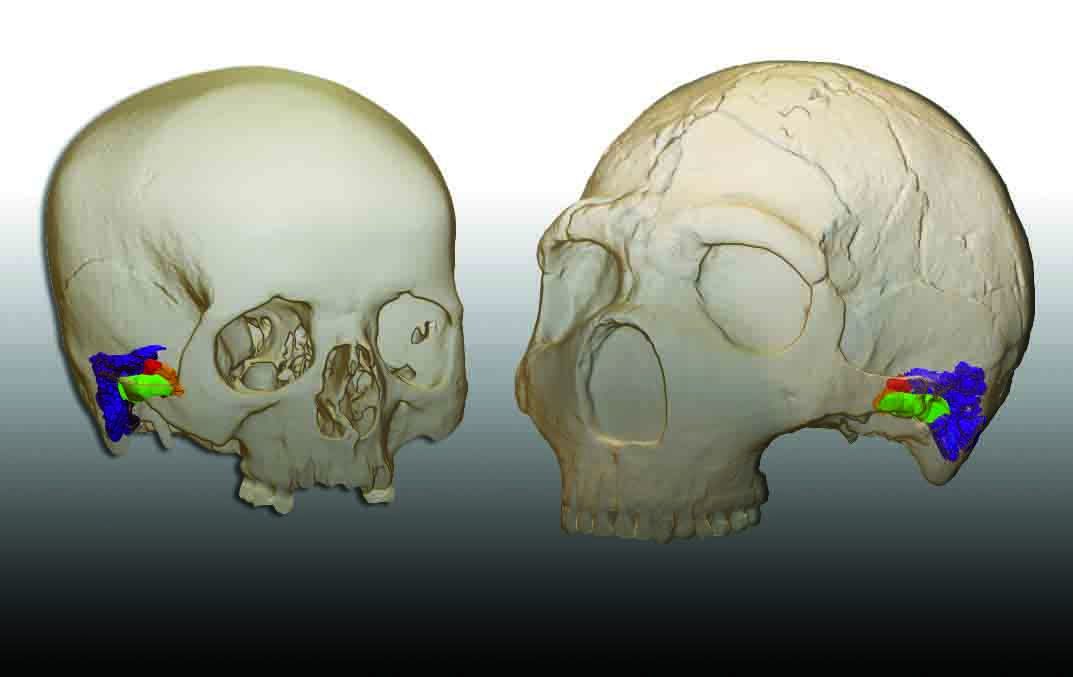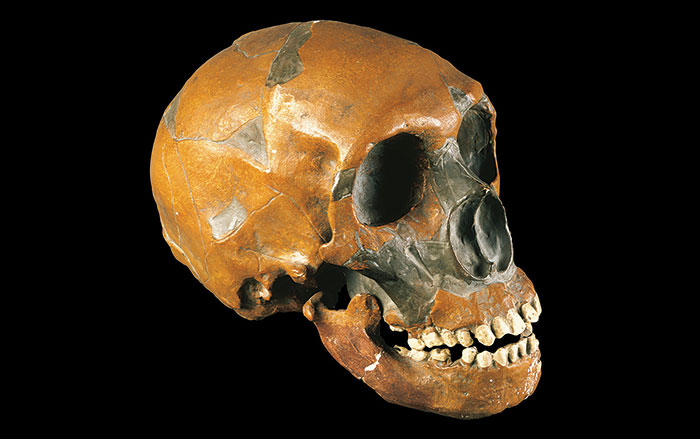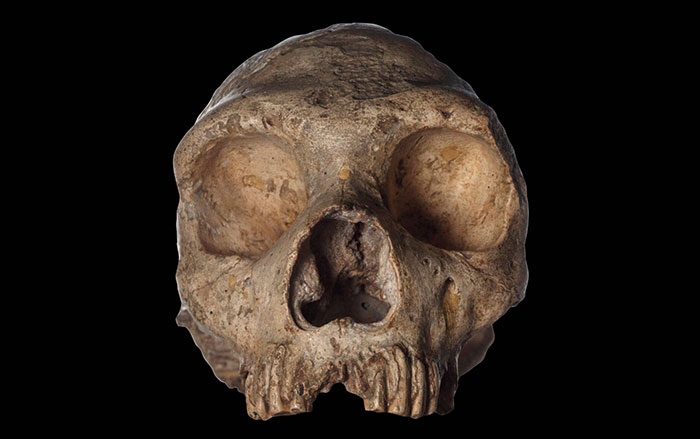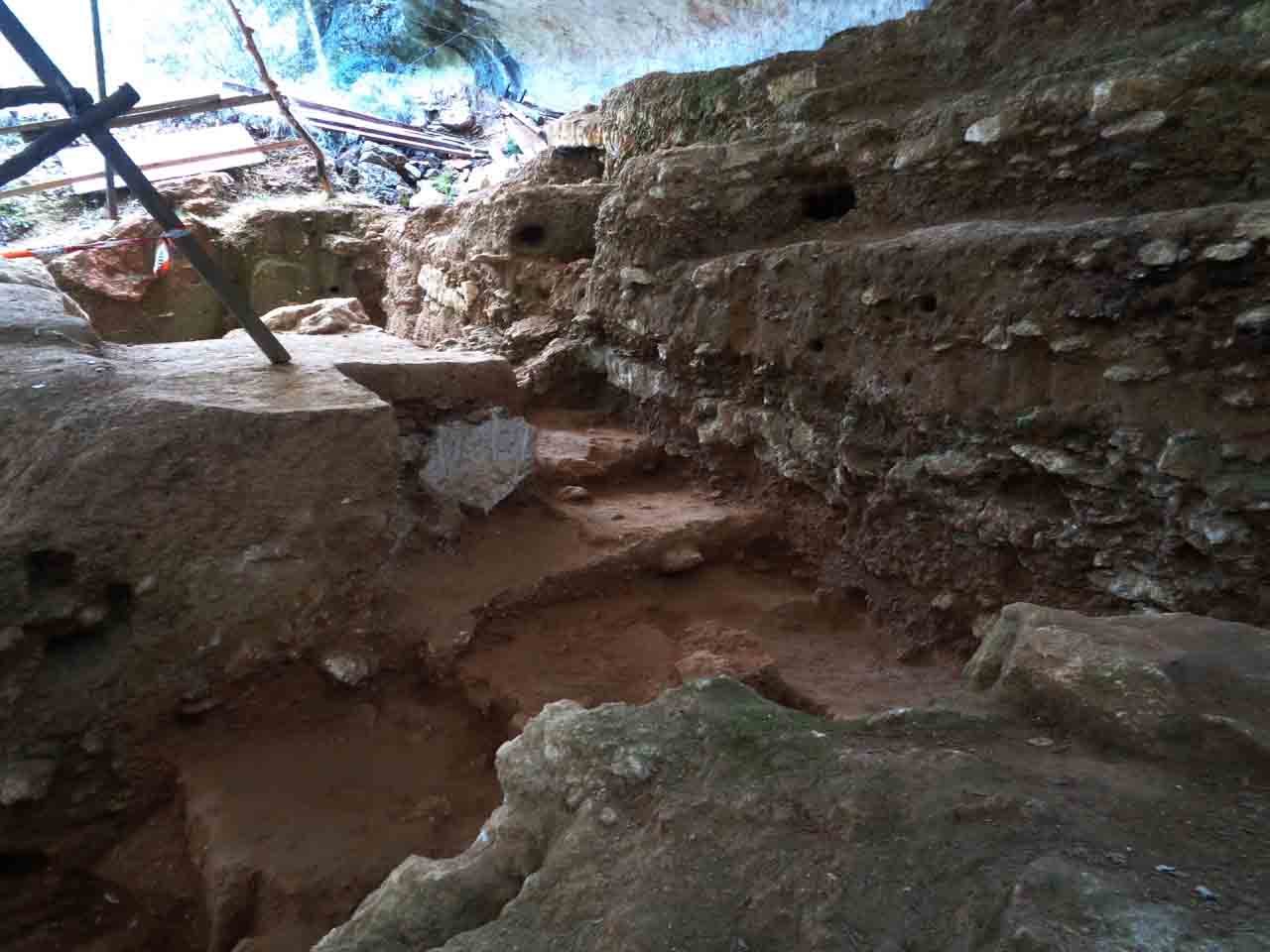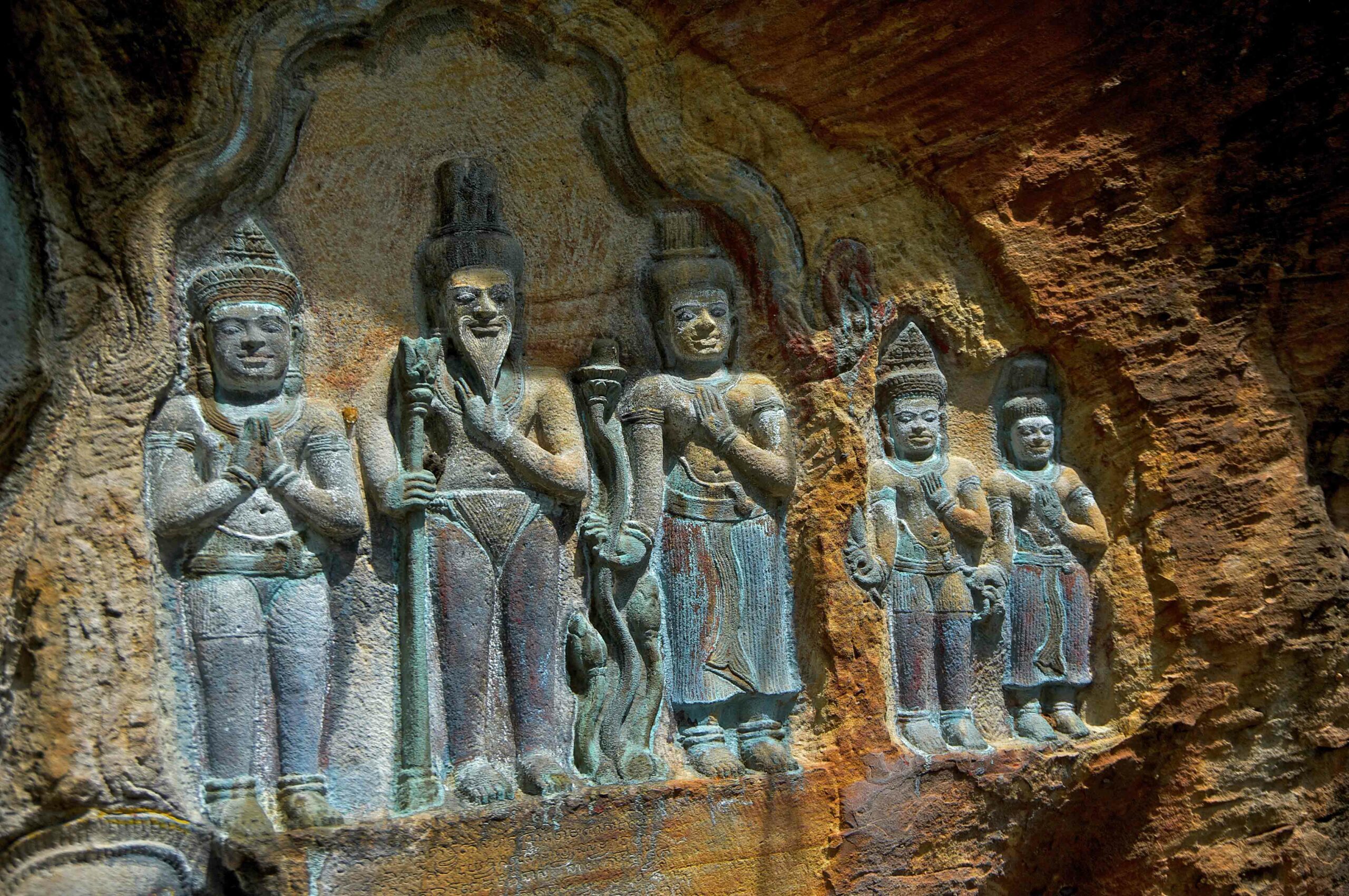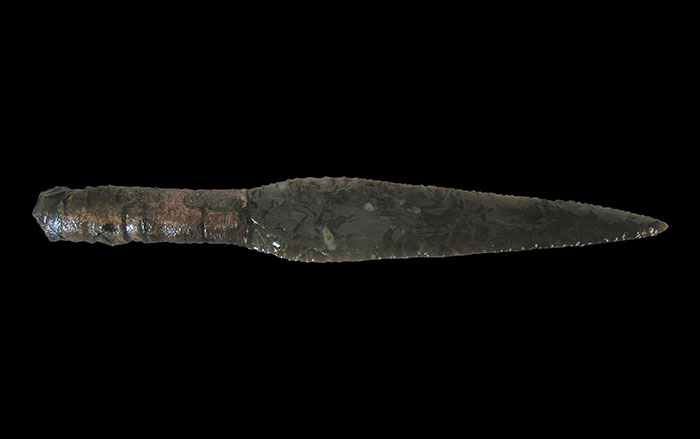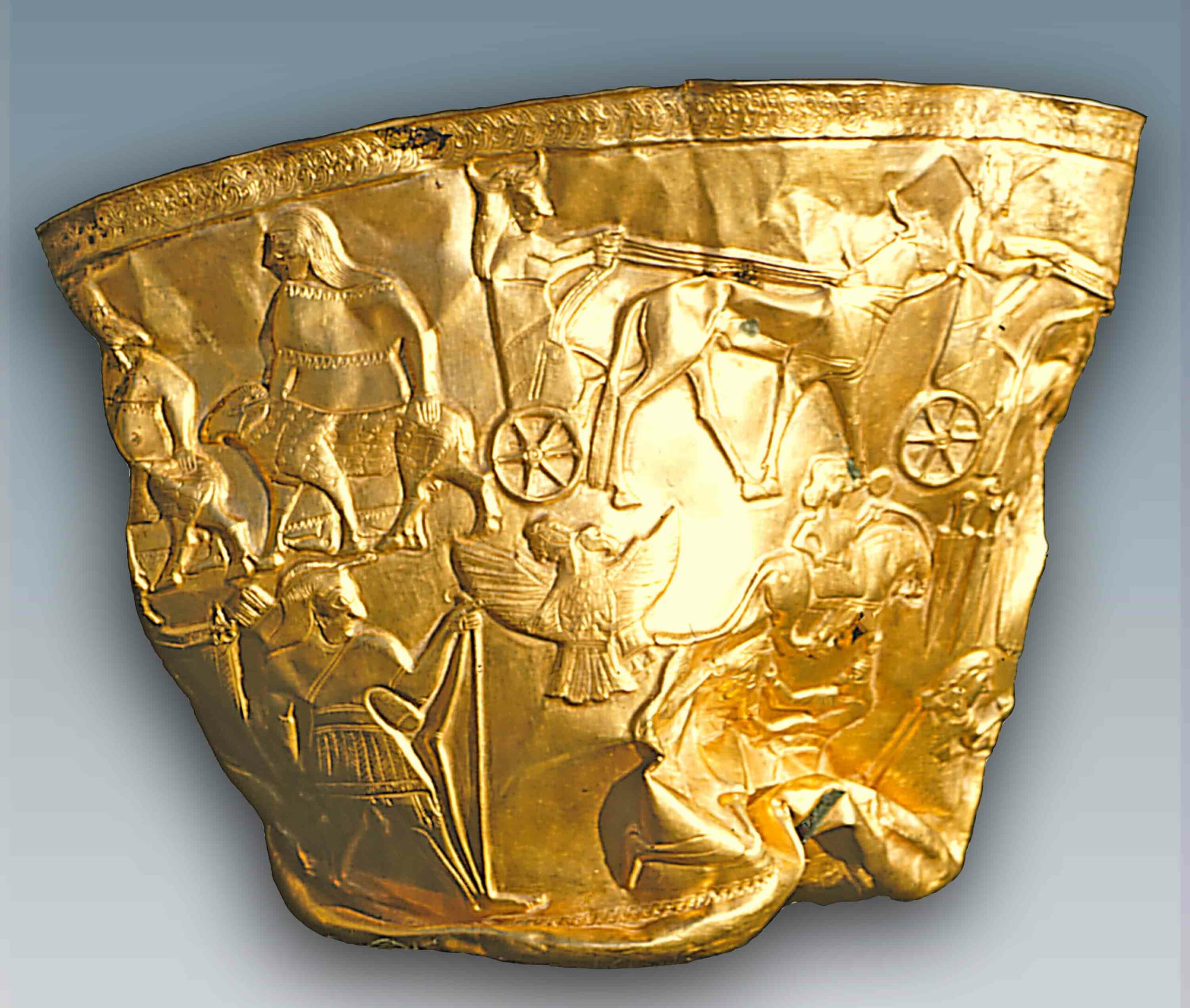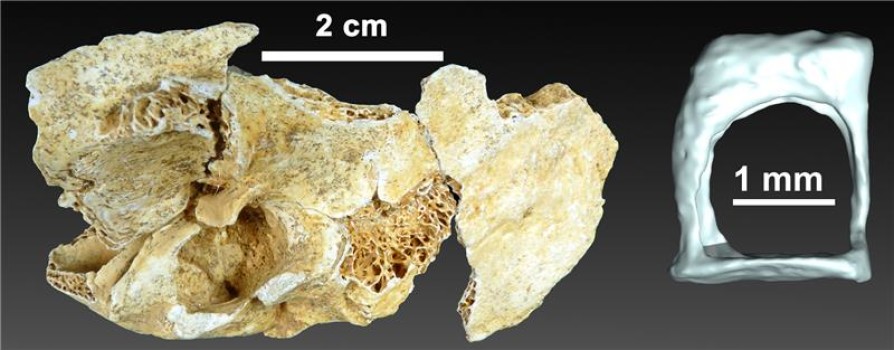
VIZCAYA, SPAIN—A new study of the remains of a two-year-old child discovered in the 1970s in France have shed new light on Neanderthal anatomy. Among the fossils were a very complete left temporal bone and a complete stapes, or middle ear bone. Virtual reconstruction techniques allowed researchers from the University of the Basque Country to “extract” the tiny ear bone—the most complete one in the Neanderthal record—and study it. The team found significant anatomical differences between the Neanderthal stapes and those found in modern humans. "We do not yet know the relation between these morphological differences and hearing in the Neanderthals. This would constitute a new challenge for the future,” paleontologist Asier Gómez-Olivencia said in a press release. For more on our extinct cousins, see "Should We Clone Neanderthals?"


